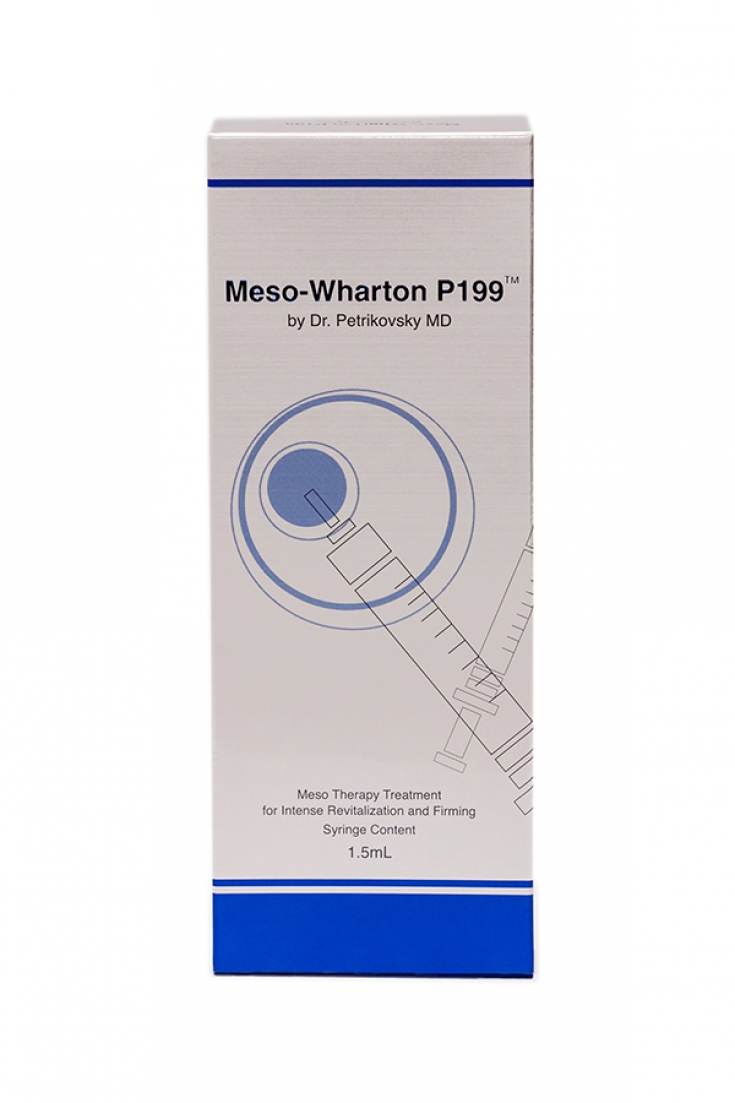The regenerative potential of the human body – one of the most promising areas of modern scientific research. Regenerative medicine is formed on the basis of biology, medicine and engineering. It is believed that it can radically change the way of improving health by restoring, maintaining and improving the functions of organs and tissues. The use of knowledge about stem cells in cosmetology already today allows you to take control of some of the processes associated with age-related skin changes. There are different approaches for this, read more about them at estet-portal.com.
Myths about the effect on human stem cells and the reality of their use
Human stem cells – this is a kind of matrix, undifferentiated (immature) cells, which, depending on the needs of the body, can replenish the pool of specific cells of various tissues of the body. These cells are present in all human organs at all stages of life.
The main mass of cosmetic effects is aimed at stimulating the main skin cell – fibroblast.

The activity of fibroblasts and their number in the dermis largely determine how our skin looks and how much age-related changes appear on it. Fibroblast – this is a cell that is responsible for the processes of renewal of the components of the intercellular matrix: collagen, elastin fibers and hyaluronic acid, which perform a leading function in maintaining turgor and skin elasticity, which means that a decrease in their activity appears with aging skin. If we return to stem cells, in the context of the possibility of cosmetology, we will talk about mesenchymal multipotent stem cells that give rise to skin cells (fibroblasts), cartilage tissue and ligamentous apparatus, adipocytes. These cells are located in the bulk in the hypodermis and in the dermis around the hair follicles.
• First method: using a living cell directly. These are injection, expensive, high-tech methods, most of which are at the stage of clinical trials. For example, the introduction of their own fibroblasts, which initially & nbsp; isolated from the patient's own skin flap and then re-introduced to the patient by cultivation in the laboratory. There are also some cosmetic products on the market that contain plant stem cells, but today there is no way to grow a human cell from a plant stem cell.• The next group of technologies – influencing on cells (fibroblats), this is a whole group of products containing peptides, nucleotides, as well as a variety of platelet products (plasma therapy). This group can also include those products that have a mechanism to stimulate their own mesenchymal stem cell rather than fibroblast, which is more effective in terms of the duration of the effect. Since fibroblasts have a limited number of divisions, and the stem cell – in this aspect, it has no restrictions, and allows replenishing the pool of specific skin cells with each stimulation.
The role of peptides in stimulating the activity of human cells
Peptides – these are information agents that modulate most of the processes in the body or signal their progress. A special place among them is occupied by regulatory peptides, which create the optimal rate of division, maturation, functioning and death of cells. If the cell does not work well – they stimulate her if her functions are increased – reduce activity to normal levels. Based on regulatory peptides that correct the physiological functions of skin cells, cosmetic preparations with anti-aging properties are made.
Approaches to the activation of human stem cells and rejuvenation processes
Today, a drug is presented on the market, which has a very interesting history, it is connected with the activity professor of obstetrics and gynecology in New York, Dr. Petrikovsky. In the course of his professional activities, he noticed that the healing of tissues in the fetus during intrauterine operations proceeds without scar formation. It was assumed and then proved that this process is due to the high proliferative activity of embryonic stem cells in the jelly-like substance of the umbilical cord, namely, in Vartan's jelly. As a result of a detailed study, a peptide that activates stem cell division was isolated and its synthetic analogue Wharton Jelly Peptide P199™ was created, which was included in the Meso-Wharton P199™
from Emet™.< Due to the action of the unique peptide Wharton Jelly Peptide P199™ manages to influence the stem cells of the dermis and stimulate the birth of new young skin cells, and not the division of fibroblasts.
Wharton Jelly Peptide P199™ is a synthetic analogue of the embryonic polypeptide. It activates the proliferation and differentiation of stem cells into mature, functioning skin cells. At the same time, a long-lasting and pronounced effect of rejuvenation is achieved.
Injectable medical products from
Emet™ containing Wharton Jelly Peptide P199™ have been proven to stimulate the skin's own tissue-specific mesenchymal stem cells, resulting in the birth of new cells – fibroblasts and keratinocytes, their functional activity increases, skin structures are strengthened and its barrier properties, turgor, elasticity, & nbsp; prolonged rejuvenation with a cumulative effect is achieved.







Add a comment